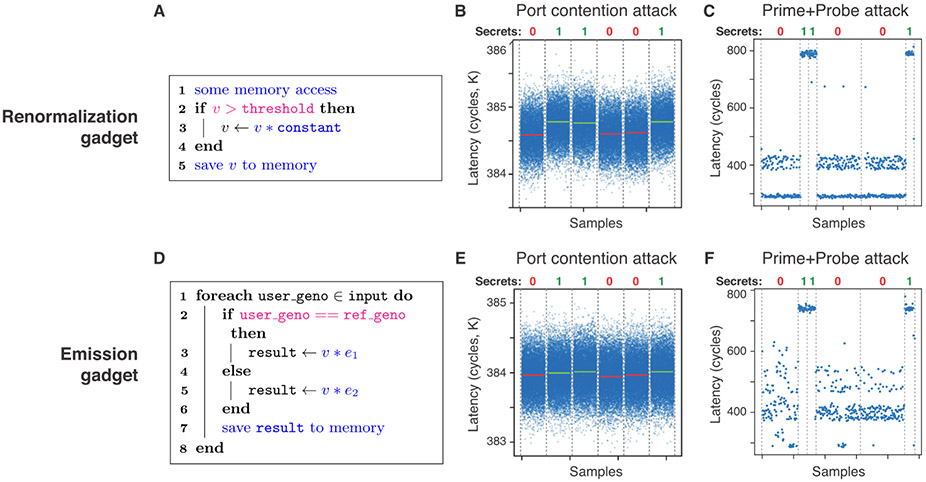Figure 5: Demonstration of side-channel vulnerabilities in the original Minimac imputation algorithm.
We identified two vulnerable gadgets in Minimac—renormalization (top row) and emission (bottom row)—and demonstrated two types of attacks (port contention and Prime+Probe), as described in main text. We provide the pseudocodes of the two gadgets (A and D) with extractable secrets highlighted in magenta and measurable attack surfaces in blue. B and E show a successful attack on both gadgets via port contention side-channel. Each data point reflects the amount of contention in clock cycles. Horizontal lines in red and green indicate the sample mean for each segment of the victim process, which successfully distinguish the underlying secrets (0 or 1) shown at the top. C and F demonstrate another type of attack based on Prime+Probe, which holds even when the simultaneous multithreading (SMT) feature of SGX is turned off as a security measure, unlike port contention. Each data point reflects the latency in the probe step of the attack in clock cycles. Clear distinction in latency is observed between different user secrets (0 or 1) shown at the top.

